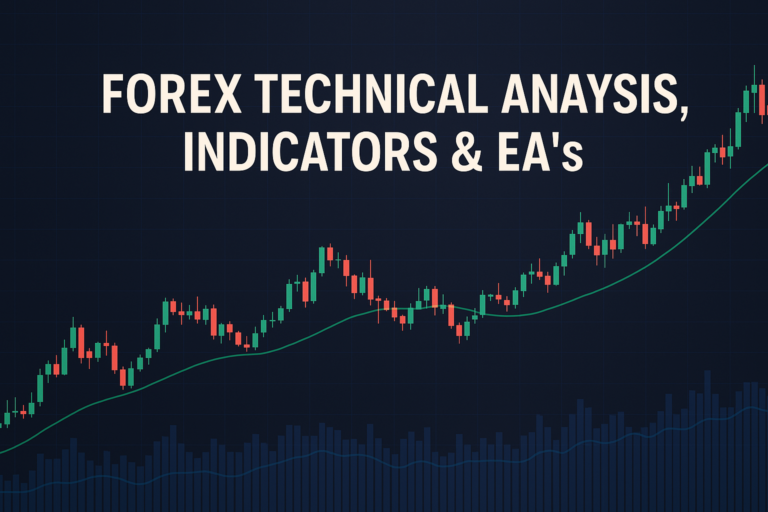
Price surpasses stop-loss but it does not activate can be managed with the right strategies. Maintain your focus, and you’ll navigate the Forex market better!
In the world of Forex trading, one of the most frustrating problems traders face is when the price surpasses the stop-loss, but it does not activate. This situation can leave traders feeling helpless, as their carefully planned trades go awry. Understanding this issue is crucial for both beginners and professionals, as it can lead to significant financial losses if not addressed properly.
Many traders struggle with this problem because they often lack the technical knowledge about how stop-loss orders function. The importance of understanding and solving this issue cannot be overstated, as it can mean the difference between a profitable trade and a devastating loss.
Speaking of predictions, if you are interested in the market movements, check out the GBPJPY forecast April 28, 2025.
Understanding the Problem
When we say “Price surpasses stop-loss but it does not activate,” we refer to a situation where the market price moves beyond your stop-loss level, yet your position remains open. This can happen due to slippage, market volatility, or technical glitches. Understanding the mechanics behind this is essential for every trader.
For example, imagine you set a stop-loss at 1.3500, but during a news event, the price jumps straight to 1.3480, bypassing your stop-loss. This situation can be common during times of high volatility when the market is moving fast. Knowing why this happens helps traders anticipate risks better.
Solutions for Price Surpasses Stop-Loss But It Does Not Activate
Now, let’s dive into some solutions. Here’s a step-by-step guide to help you resolve or mitigate this issue.
Step 1: Choose the Right Broker
Not all brokers are created equal. Make sure to select one with a solid reputation and low slippage rates. Research broker reviews and choose one that meets your needs.
Step 2: Use Guaranteed Stop-Loss Orders
Some brokers offer guaranteed stop-loss orders for a small fee. These orders ensure that your position closes at the set price, even in volatile markets.
Step 3: Monitor Market Conditions
Be aware of scheduled news events that can cause sudden price movements. Avoid opening or holding positions during such times if you are not comfortable with the risk.
Step 4: Use Trailing Stops
A trailing stop moves with the market price, allowing for potential gains while also protecting against losses. This can help you avoid the issue of exceeding your stop-loss level.
Step 5: Set Alerts
Use your trading platform to set alerts around your stop-loss levels. This way, you will be notified if the price approaches your stop-loss, allowing you to react quickly.
Pro Tips & Warnings
- Stay Informed: Keep up with market news and trends to make informed decisions.
- Test Your Strategies: Use demo accounts to find what works best for you.
- Be Prepared: Always have a Plan B for your trades.
Also, if you’re interested in understanding the Moves when resizing the chart, it could help improve your trading performance.
Frequently Asked Questions
How do I detect this issue in real-time?
To detect the issue when the price surpasses stop-loss but it does not activate, you can set up alerts on your trading platform. This will notify you when the price approaches your stop-loss, allowing you to react quickly. Additionally, always keep an eye on market news and volatility indicators that could affect your trades.
Can brokers legally do this?
While brokers cannot manipulate prices, slippage is a normal occurrence in volatile markets. Make sure you read your broker’s terms to know what to expect during these situations. Some brokers do have policies against excessive slippage, but it varies by company.
What tools can I use to prevent this?
Several tools can help you prevent this issue. Using a reliable trading platform that offers guaranteed stop-loss orders is one option. Additionally, employing risk management tools such as trailing stops and setting alerts can also be beneficial.
Is this problem more common in specific market conditions?
Yes, this problem is more prevalent during high-volatility events, such as economic data releases or geopolitical events. It’s essential to be cautious during these times as prices can move rapidly, causing stop-loss orders to be bypassed.
Conclusion
Understanding the issue of when the price surpasses the stop-loss but does not activate is vital for successful trading. By being informed and proactive, traders can manage and even avoid this frustrating problem. Stay updated and continue to refine your trading strategies for a better trading experience.
User Engagement & Encouragement Stay curious and keep learning! The more you understand trading issues, the better decisions you can make. You got this!
Recommended Next Steps
Now that you’ve learned about the issue, here are some next steps:
- Research and choose a reputable broker.
- Consider using guaranteed stop-loss orders.
- Stay updated on market news.
- Set alerts for your trading levels.
- Practice your strategies on a demo account.
Want to level up your trading skills? Check out trusted insights from International Monetary Fund, Statista
Expand Your Knowledge
- 📌 Forex Trading Learning Road Map
- 📌 Forex Trading Course with no Fees
- 📌 Forex Trading Issues, Problems, and Solutions
- 📌 Forex Daily Forecast & Live Updates
- 📌 Forex Fundamental & News Analysis: Tomorrow’s Market Movers & Trade Opportunities
- 📌 Forex Education Hub: Learn & Profit
- 📌 Forex Technical Analysis, Indicators & EA’s
Start Trading Today
Ready to take your forex trading to the next level? Open an account with Exness, one of the most trusted platforms in the industry. 👉 Sign Up Now and trade with confidence!
My recommended broker stands out with ultra-low spreads for beginners, instant withdrawals, and zero spread accounts for pro traders.
Trusted since 2008, lightning-fast execution, no hidden fees, and a secure, transparent trading environment—giving you the edge you need to succeed. 🚀
YouTube Video Library: Related Videos
Note: The video above is embedded from YouTube and is the property of its original creator. We do not own or take responsibility for the content or opinions expressed in the video.





